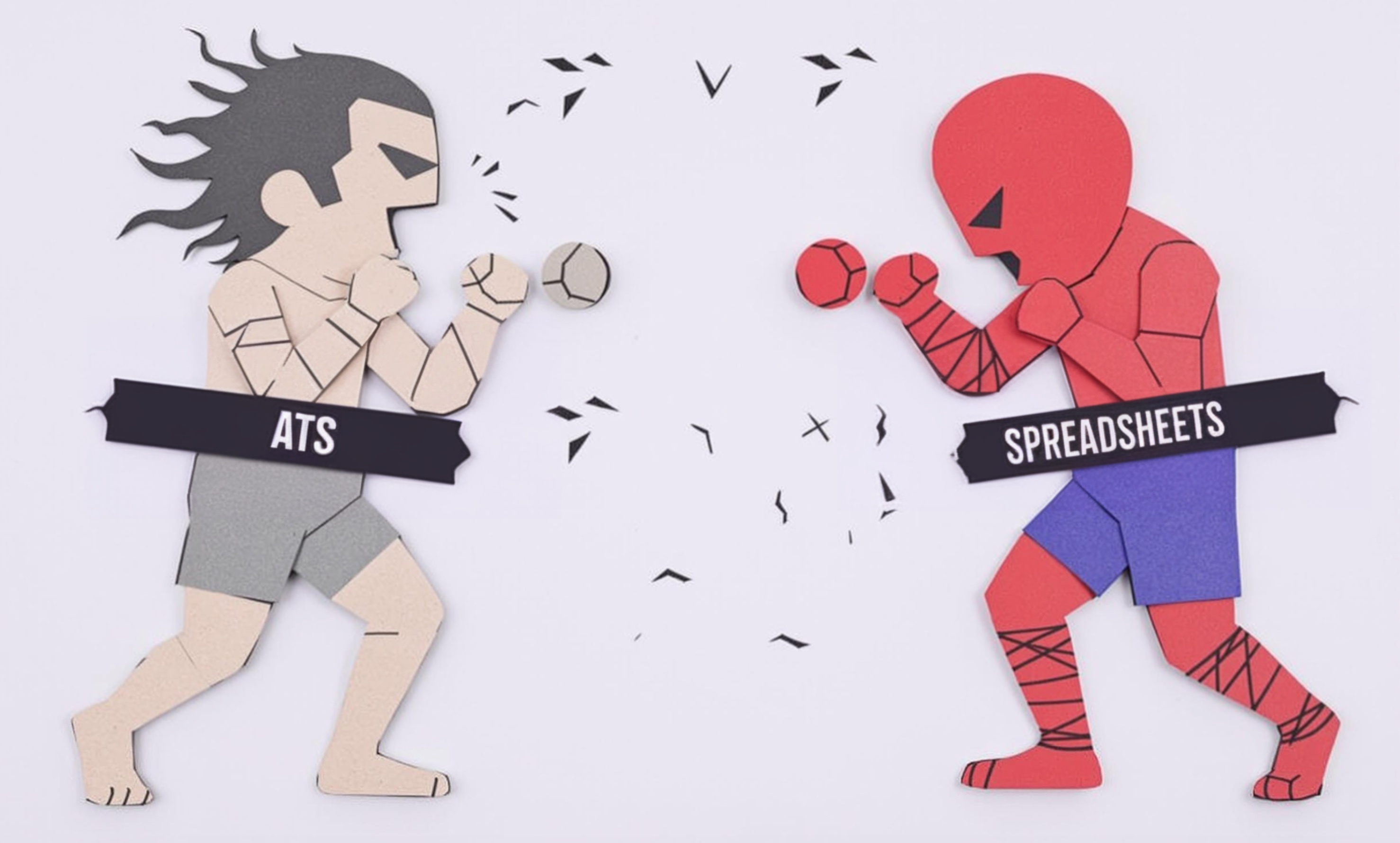
Card Sorting
Card sorting is a research method used by web designers and UX professionals to understand how users would organize website content. Think of it like organizing items in a store - you want to put related items together in a way that makes sense to shoppers. In card sorting, users are given cards with different website topics or content and asked to group them in ways that make sense to them. This helps designers create better website menus and organize information in a way that's easy for visitors to find. It's a key part of making websites user-friendly and is often mentioned alongside terms like "user research" or "information architecture."
Examples in Resumes
Conducted Card Sorting sessions with 50 users to improve website navigation structure
Used Card Sort analysis to reorganize company intranet menu system
Led Card Sorting workshops to optimize e-commerce website categories
Typical job title: "UX Researchers"
Also try searching for:
Where to Find UX Researchers
Professional Organizations
Online Communities
Job Resources
Example Interview Questions
Senior Level Questions
Q: How would you plan and execute a card sorting study for a large e-commerce website?
Expected Answer: Should discuss how to determine sample size, choose between open vs closed sorting, remote vs in-person methods, analysis techniques, and how to present findings to stakeholders in business terms.
Q: How do you handle conflicting card sorting results from different user groups?
Expected Answer: Should explain approaches to analyzing different user group needs, making data-driven decisions, and potentially implementing adaptive navigation or multiple pathways to content.
Mid Level Questions
Q: What tools do you use for card sorting and why?
Expected Answer: Should be able to compare different card sorting tools (both physical and digital), discuss their pros and cons, and explain when to use each based on project needs.
Q: How do you analyze and present card sorting results?
Expected Answer: Should explain how to identify patterns in sorting data, create meaningful visualizations, and translate findings into actionable recommendations for website structure.
Junior Level Questions
Q: What is the difference between open and closed card sorting?
Expected Answer: Should explain that open card sorting lets users create and name their own categories, while closed card sorting provides predetermined categories for users to sort items into.
Q: How many participants do you need for a card sorting study?
Expected Answer: Should know that typically 15-30 participants are needed for meaningful results, and be able to explain why this range is considered sufficient for most projects.
Experience Level Indicators
Junior (0-2 years)
- Basic card sorting setup and execution
- Understanding of open vs closed sorting
- Simple data collection and analysis
- Basic reporting of findings
Mid (2-4 years)
- Advanced sorting techniques
- Remote and in-person study management
- Statistical analysis of results
- Creation of clear recommendations
Senior (5+ years)
- Complex study design
- Large-scale project management
- Advanced data analysis
- Strategic recommendations and implementation
Red Flags to Watch For
- No experience conducting actual card sorting sessions
- Unable to explain different types of card sorting
- Lack of experience analyzing user research data
- No knowledge of card sorting tools or software
Related Terms
Need more hiring wisdom? Check these out...

Automated Scorecards in ATS Systems: Your Secret Weapon for Smarter Hiring Decisions

Resume Screening Reinvented: 9 Unconventional Strategies to Discover Top Talent Hidden in Plain Sight

Why Your Hiring Spreadsheets Are Secretly Sabotaging Your Recruitment

